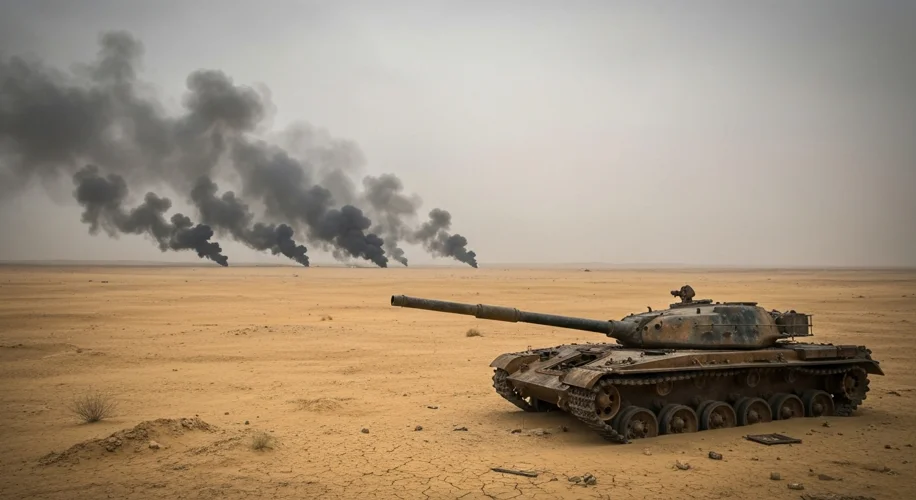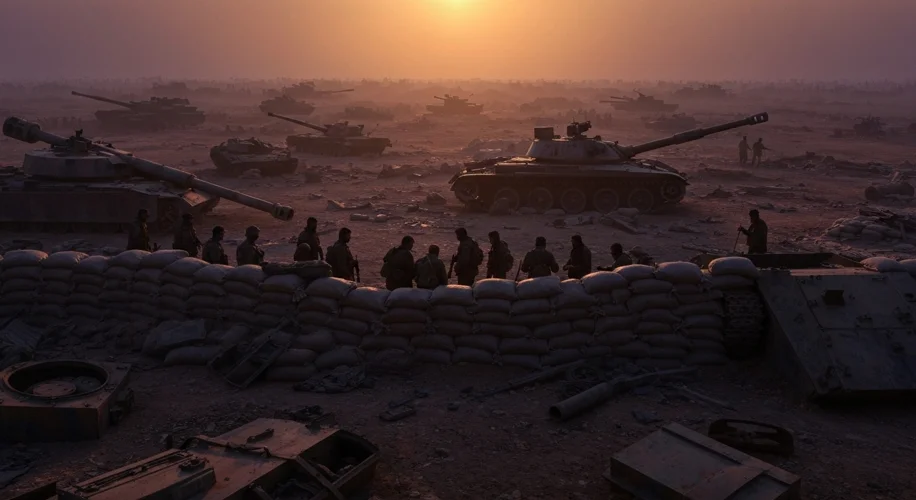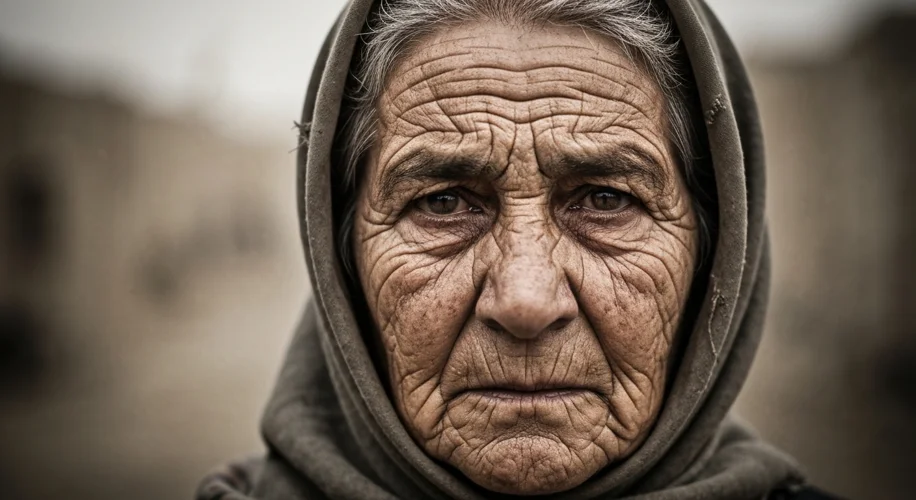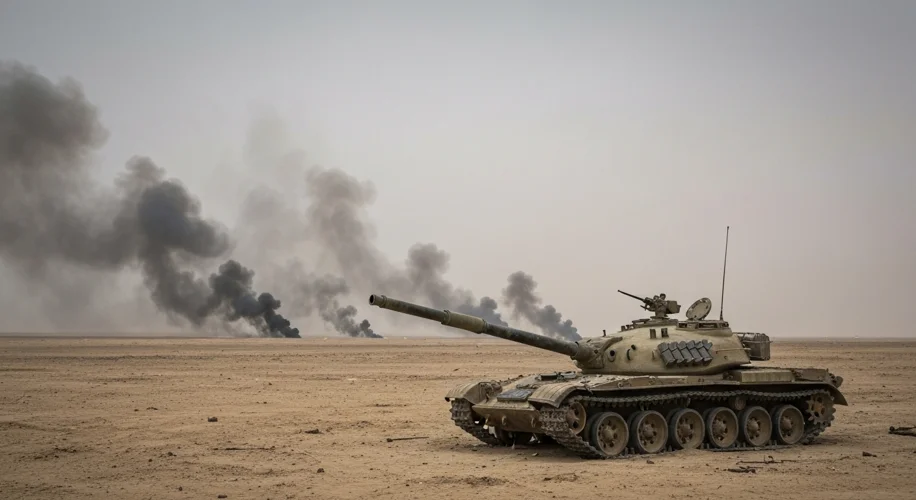In the annals of modern warfare, few conflicts burned as fiercely and left as deep a scar as the Iran-Iraq War. For eight agonizing years, from September 1980 to August 1988, the sands of Mesopotamia ran red with the blood of a generation, a brutal testament to a conflagration ignited by a volatile mix of territorial ambition, ideological fervor, and personal vendetta. This wasn’t a war of swift victories and clear objectives; it was a grinding, attritional struggle that consumed millions of lives and crippled two nations, leaving a legacy of bitterness and an enduring question: what was it all for?
The roots of this devastating conflict stretch back further than the late 20th century, entwined with the complex history of the region and the turbulent political landscapes of both Iran and Iraq. For centuries, the Shatt al-Arab waterway, a vital artery for both nations’ access to the Persian Gulf, had been a point of contention. Treaties in the past had sought to delineate its borders, but these agreements were often fragile, subject to the whims of powerful neighbors and the shifting sands of political will. Iraq, under the increasingly authoritarian rule of Saddam Hussein, saw an opportunity in the post-revolutionary chaos gripping Iran.
Iran, in the throes of the 1979 Islamic Revolution, had undergone a seismic societal shift. The Shah was overthrown, and Ayatollah Ruhollah Khomeini, a firebrand cleric, rose to power, establishing a theocratic republic. This revolution, while celebrated by many in Iran, sent shockwaves across the region. Its anti-Western, anti-monarchical, and Shi’a Islamic ideology was perceived as a direct threat by the predominantly Sunni Ba’athist regime in Iraq, led by Saddam Hussein. Saddam, a cunning and ambitious leader, had his own aspirations: to be the dominant power in the Persian Gulf and to reclaim what he considered historically Iraqi territory, particularly the oil-rich province of Khuzestan, which Iran called Arabistan. He also harbored a deep personal animosity towards Khomeini, who had been expelled from Iraq decades earlier.

The invasion, launched by Iraq on September 22, 1980, was a calculated gamble. Saddam Hussein believed that a swift, decisive strike would capitalize on Iran’s internal disarray. He expected the Iranian military, weakened by purges following the revolution, to crumble. However, he gravely underestimated the resolve of the Iranian people and the fervent spirit of the revolutionary guards, the Pasdaran, who, alongside the regular army, fought with a ferring an almost religious zeal. What was intended as a blitzkrieg quickly devolved into a brutal war of attrition.
The war was characterized by its sheer savagery and the widespread disregard for human life. Both sides employed tactics that would shock the world. Iran, drawing on its revolutionary fervor, unleashed waves of young, often unarmed, ‘human wave’ attacks, sending thousands of teenage boys and young men to their deaths against heavily fortified Iraqi positions, believing their martyrdom would lead to victory. This tactic, while devastating in terms of casualties, often broke through Iraqi lines through sheer force of numbers and unwavering determination.
Iraq, for its part, resorted to chemical weapons, a horrific violation of international norms. Mustard gas and sarin were unleashed against Iranian troops and, most infamously, against its own Kurdish population in the Halabja massacre of 1988, a crime against humanity that still sends shivers down the spine. The use of chemical weapons by Iraq, while condemned, was met with a muted international response, a reflection of the complex geopolitical landscape of the time. The United States, initially wary of both sides, eventually tilted towards Iraq, fearing a complete Iranian victory and the spread of revolutionary Islam.

The war raged on for eight years, a grueling stalemate punctuated by massive offensives and counter-offensives. Cities were reduced to rubble, oil facilities were bombed, and shipping in the Persian Gulf became a dangerous gamble. The economic toll was catastrophic for both nations, draining their treasuries and devastating their infrastructure. Iran, despite facing international isolation, managed to sustain its war effort through sheer resilience and a vast manpower pool. Iraq, bolstered by financial aid from Gulf Arab states and military support from the Soviet Union and Western nations (though often covertly), continued its bloody campaign.

By 1988, both Iran and Iraq were on the brink of collapse. Exhausted, economically crippled, and facing immense human losses, the prospect of continued conflict was untenable. United Nations Resolution 598 offered a ceasefire, which both sides eventually accepted. The war officially ended on August 20, 1988, leaving behind a staggering death toll estimated to be between 500,000 and a million soldiers, with hundreds of thousands more wounded and millions displaced.
The consequences of the Iran-Iraq War were profound and far-reaching. For Iran, it solidified the theocratic regime and fostered a deep sense of national resilience, but at an immense cost to its youth and economy. For Iraq, it proved to be a Pyrrhic victory. Saddam Hussein’s ambitions were checked, his treasury depleted, and his nation scarred. The war’s end did not usher in peace; instead, it sowed the seeds for future conflicts. Iraq’s vast war debt, coupled with Saddam’s continued pursuit of regional dominance, would directly contribute to his decision to invade Kuwait in 1990, triggering the Persian Gulf War and ushering in another era of devastating conflict for the Middle East.
The Iran-Iraq War serves as a somber reminder of the devastating human cost of unchecked ambition, ideological extremism, and protracted conflict. It was a war where bravery and brutality marched hand-in-hand, where humanity’s capacity for both sacrifice and cruelty was laid bare. The echoes of those eight brutal years continue to reverberate through the region, a stark warning from history that the wounds of such wars are slow to heal, and their consequences can cast a long shadow for generations to come.

